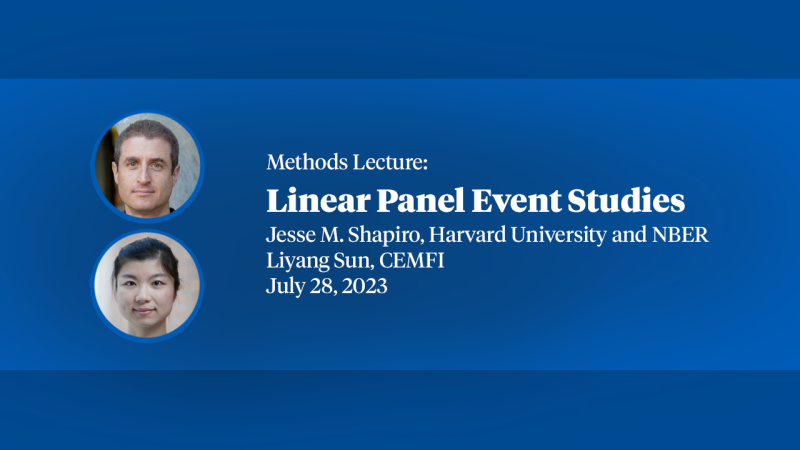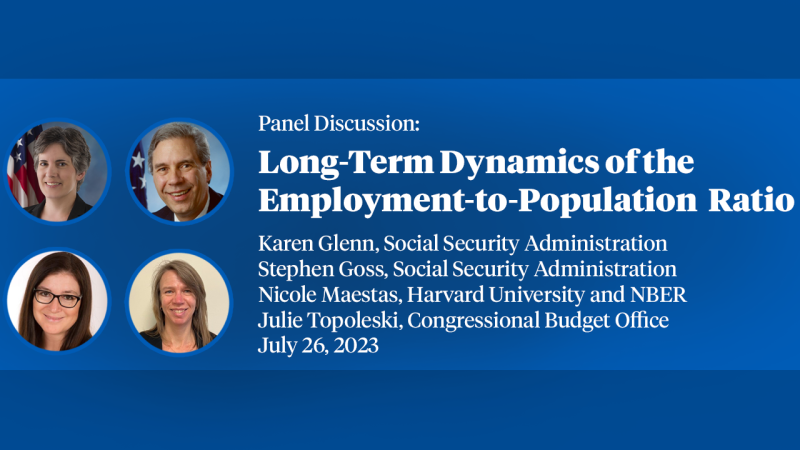The Micro-Level Anatomy of the Labor Share Decline
The labor share in U.S. manufacturing declined from 62 percentage points (ppts) in 1967 to 41 ppts in 2012. The labor share of the typical U.S. manufacturing establishment, in contrast, rose by over 3 ppts during the same period. Using micro-level data, we document five salient facts: (1) since the 1980s, there has been a dramatic reallocation of value added toward the lower end of the labor share distribution; (2) this aggregate reallocation is not due to entry/exit, to “superstars” growing faster or to large establishments lowering their labor shares, but is instead due to units whose labor share fell as they grew in size; (3) low labor share (LL) establishments benefit from high revenue labor productivity, not low wages; (4) they also enjoy a product price premium relative to their peers, pointing to a significant role for demand-side forces; and (5) they have only temporarily lower labor shares that rebound after five to eight years. This transient pattern has become more pronounced over time, and the dynamics of value added and employment are increasingly disconnected.
Published Versions
Matthias Kehrig & Nicolas Vincent, 2021. "The Micro-Level Anatomy of the Labor Share Decline," The Quarterly Journal of Economics, Oxford University Press, vol. 136(2), pages 1031-1087. citation courtesy of ![]()


